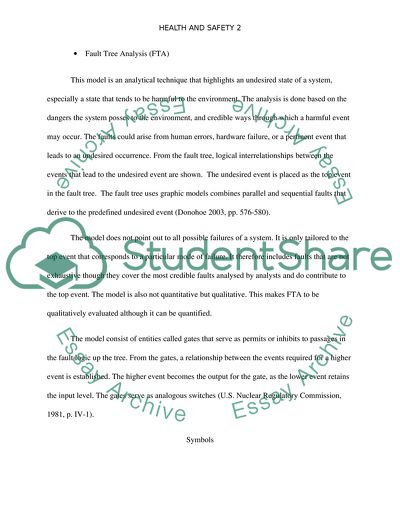Cite this document
(The Unfolding of Bhopal Disaster Assignment Example | Topics and Well Written Essays - 3250 words, n.d.)
The Unfolding of Bhopal Disaster Assignment Example | Topics and Well Written Essays - 3250 words. https://studentshare.org/environmental-studies/1798269-health-and-safety
The Unfolding of Bhopal Disaster Assignment Example | Topics and Well Written Essays - 3250 words. https://studentshare.org/environmental-studies/1798269-health-and-safety
(The Unfolding of Bhopal Disaster Assignment Example | Topics and Well Written Essays - 3250 Words)
The Unfolding of Bhopal Disaster Assignment Example | Topics and Well Written Essays - 3250 Words. https://studentshare.org/environmental-studies/1798269-health-and-safety.
The Unfolding of Bhopal Disaster Assignment Example | Topics and Well Written Essays - 3250 Words. https://studentshare.org/environmental-studies/1798269-health-and-safety.
“The Unfolding of Bhopal Disaster Assignment Example | Topics and Well Written Essays - 3250 Words”. https://studentshare.org/environmental-studies/1798269-health-and-safety.


